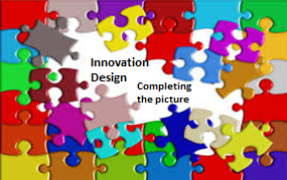Last year I provided a guest post to Patrick Stähler’s Business Model Innovation blog and wanted to add this to my own site as I think it does place the focus on finding value within any business model design.
I think Patrick’s business model lends itself to this constant focus on value. Patrick runs fluidminds, based in Zürich, Switzerland. fluidminds helps its customers to think by challenging existing business rules, offer structured thinking and different perspectives on the strategy process and support the execution.
Patrick wrote his thesis about Business Model innovation in the digital age and from this emerged his unique ‘take ‘on working through the business model. Patrick has been dealing since 1997 with questions around how the web changes Business Models and how Business Model innovation should and could look in the digital economy.
fluidminds wants to create new businesses and to shape industries with business model innovation, with a large part of Patrick’s practice centered on German speaking markets but he has consulted across numerous English speaking ones as well.
So in my guest post I put forward this three point view of value. Continue reading “Knowing the Value within your Business Model is Vital”






